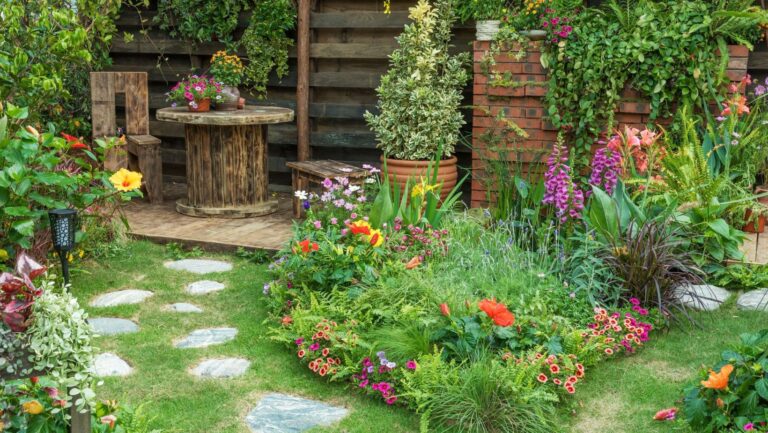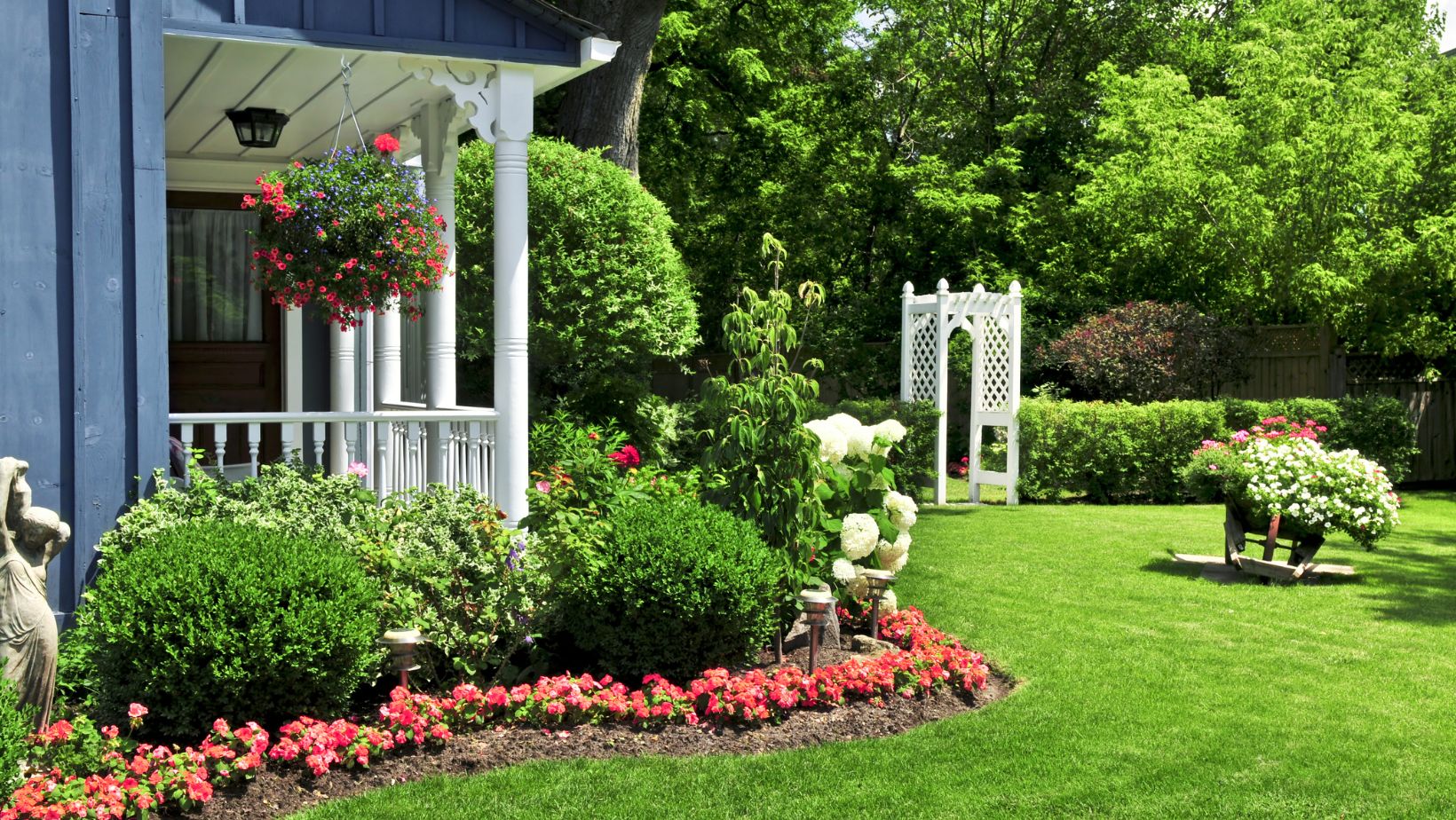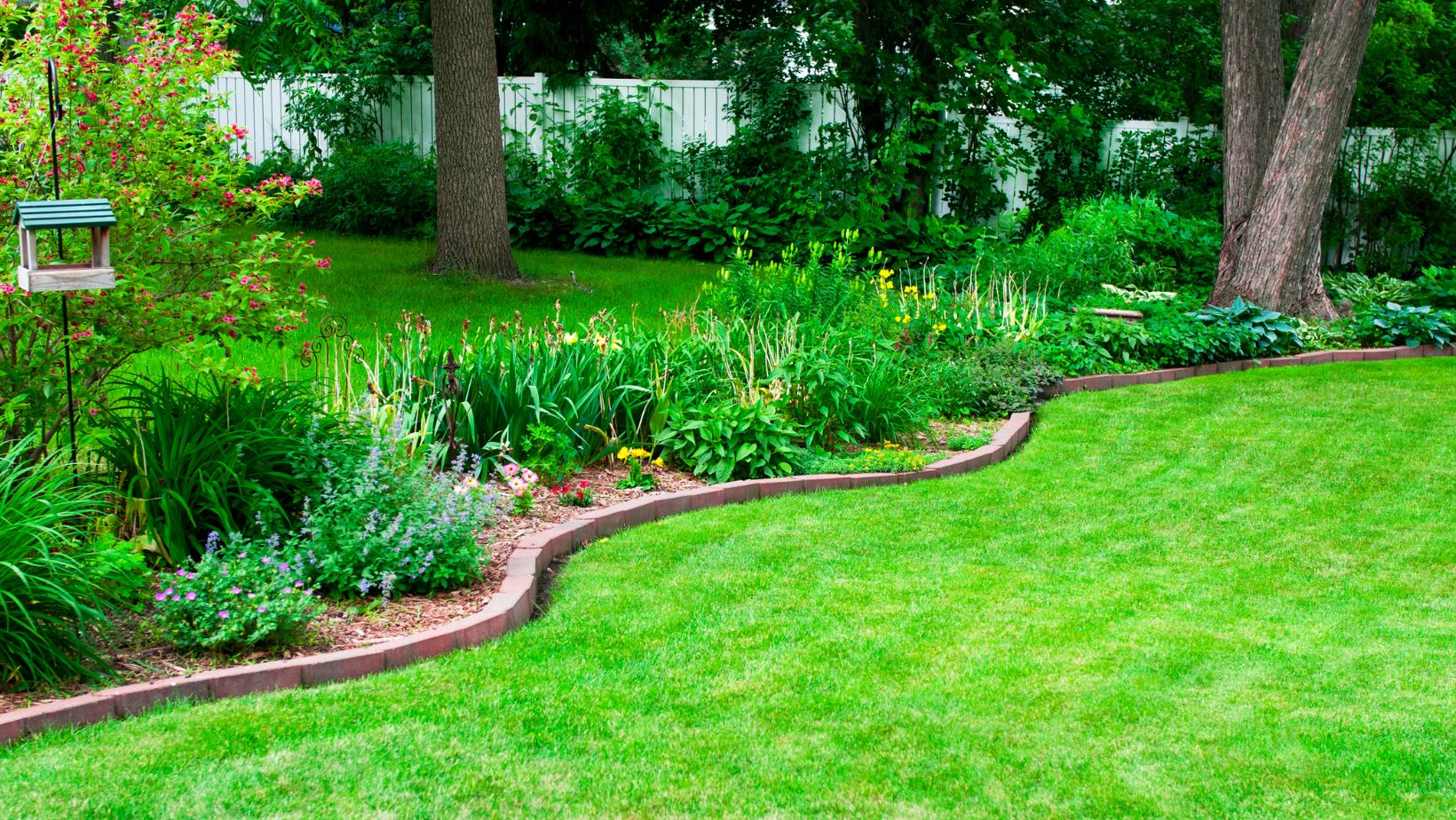Last Updated on August 26, 2024 by Nala Thorpe
The essence of low-maintenance gardening is choosing plants and features that need less care while exuding beauty and functionality. It means tailoring a garden to your lifestyle if you are the kind of person who loves spending less time on upkeep. For the most part, gardens considered low maintenance have been found to contain hardy plants. Also, they have efficient irrigation systems that incorporate design elements mechanized to cut down the need for frequent intervention. By considering such aspects, you would have a beautiful look of the garden without its maintenance worries.
Selecting Hardy Plants
The base for a low-maintenance garden is choosing the proper plants. Hardy native plants are perfect for the purpose as they are suitable for the local climatic conditions and usually require less water and care. Choose plants that are drought-tolerant, disease-resistant, and need very little pruning. Another good choice would be perennials, which come back year after year, reducing the need for replanting. Ground covers can be added to further reduce weeding and soil erosion, thereby creating a garden that will basically thrive almost on its own.
Incorporating Efficient Irrigation
An efficient irrigation system needs to be in place for a low-maintenance garden. Such drip irrigation systems are very efficient because they allow water to flow directly to the roots of the plants, avoiding the wastage of water in other areas, thus making it possible for the plants to get enough moisture and not need watering repeatedly.
The addition of timers automates the schedules, hence making it easier to manage garden care. In addition, rain barrels collect rainwater to be used during dry periods, hence an eco-friendly and less expensive watering solution.
Designing for Minimum Maintenance
In this regard, a low-maintenance garden should be designed with features that improve both appearance and functionality without increasing the upkeep workload. Hardscaping using gravel paths, stone patios, or decking involves minimal maintenance compared to traditional lawns. Another way of saving time on the job would be by using raised beds for easier access and spending less time bending or kneeling while caring for plants. An additional louver wall can be both an aesthetic and functional component that provides privacy and shade but eliminates the need for massive plantings.
Mulch and Ground Covers
Mulch and ground cover play a crucial role in reducing garden maintenance. Mulch preserves soil moisture, suppresses weeds, and alters soil temperature, hence reducing the frequent weeding and watering. Organic mulches, such as wood chips or straw, decompose naturally, adding fertility to the soil. Ground covers, creeping thyme, or sedum fill the garden bed and provide a degree of erosion control while eliminating constant weeding. Together, these elements create a more maintainable garden.
Choosing Easy-Care Outdoor Furniture
If you are to have an outdoor garden, resort to low-maintenance furniture for greater enjoyment without giving yourself an increased workload. Weather-resistant materials like teak, metal, or synthetic wicker usually require little maintenance and are sturdy in different weather conditions.
Stay away from materials that need frequent sealing or painting for further reduced tasks. Finally, add furniture that can be cleaned with a hose or mild detergent to further simplify your cleanup process.
Regular but Very Little Maintenance
Even the most low-maintenance gardens have to be treated and taken care of from time to time in one way or another. This can involve such simple things as periodic pruning, checking irrigation systems, and cleaning leaves off from time to time. Just set up regular work on a schedule, and it will never overwhelm you. A little thoughtful planning and the right choices will enable your outdoor garden to look beautiful and functional with a minimum input of time and effort.
It’s making smart choices regarding plants, design, and features that keep the ongoing care to a minimum. You can have such a garden by choosing the right hardy plants, efficient irrigation systems, durable materials, and a louver wall. These techniques let you enjoy a beautiful garden that also doesn’t require too much maintenance.






